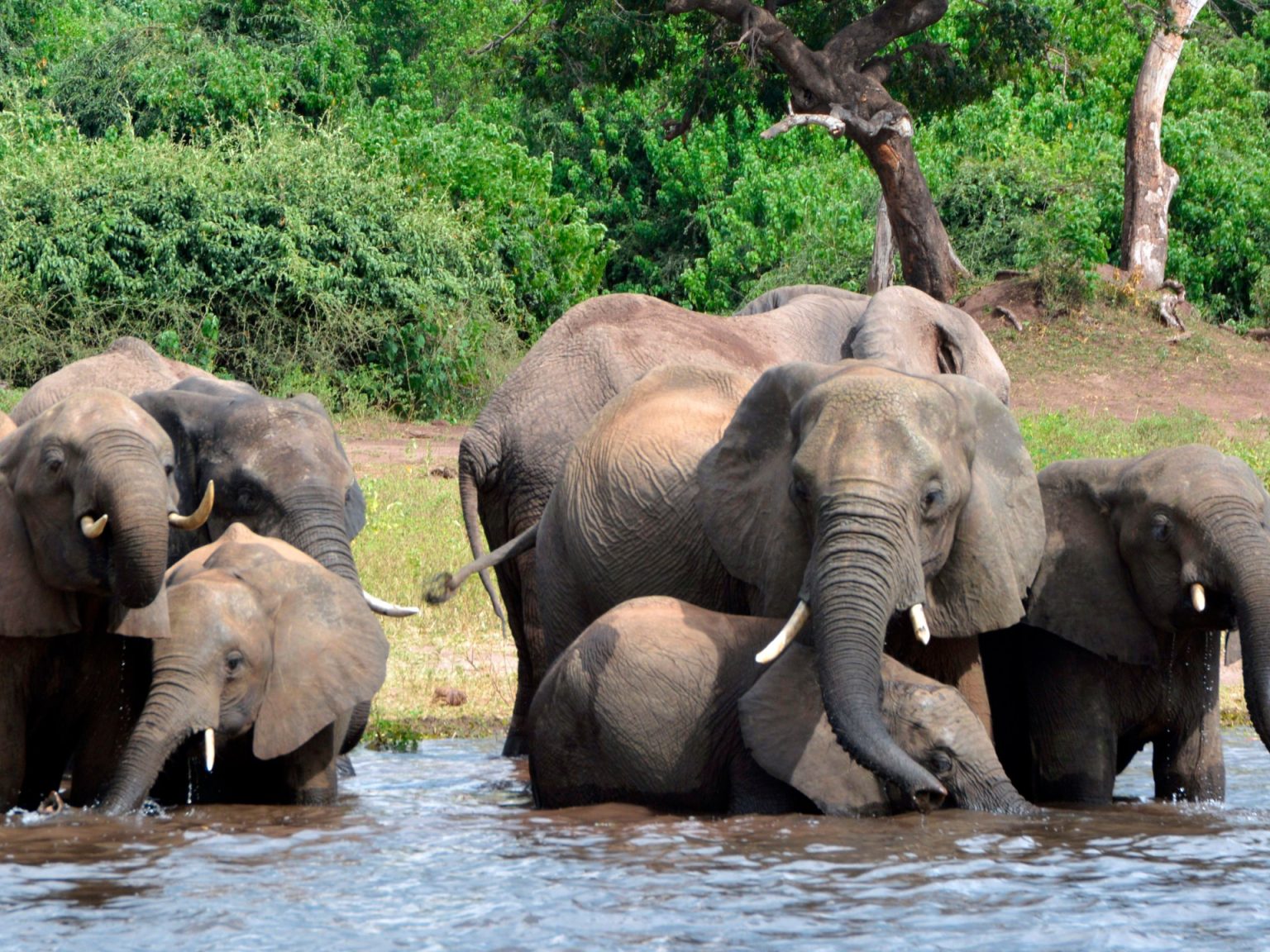In the past, the number of elephants in African countries drastically decreased due to overhunting and poaching for their meat and ivory tusks. The World Wildlife Fund reported that approximately three to five million elephants were present in Africa in 1930, but this reduced to 1.3 million by 1979. Conservation measures, including bans on sales of elephant parts and trophy hunting, have helped stabilize the elephant population in Africa at around 415,000, although this number is significantly lower than historical figures. The conservation status of African bush elephants is endangered, while African forest elephants are classified as critically endangered due to the threat of extinction.
The increasing number of elephants has become a challenge as they struggle to find food and water due to human encroachment on their habitats. Human populations in Southern and Eastern Africa have drastically increased, leading to more interactions and conflicts between humans and elephants over resources. The elephants’ natural predators, besides humans, are scarce, allowing their populations to grow quickly. Human-elephant clashes have become more common, especially in regions like Zimbabwe, where both humans and elephants face fatal consequences in these encounters.
Governments in Southern Africa have attempted various methods to reduce the elephant population in their territories, including culling, selling elephants, and permitting trophy hunting. While some argue that these practices help manage elephant populations naturally and provide revenue for local communities, conservationists and animal welfare organizations criticize these methods. Culling, in particular, has been condemned for being cruel to emotionally intelligent elephants and ineffective in controlling populations. Trophy hunting has also faced criticism for benefiting wealthy businessmen rather than conservation efforts.
There is a debate among experts about the most effective solutions to manage human-elephant conflicts. Some argue that creating space for elephants to migrate freely and removing barriers like fences is key to reducing interactions between humans and elephants. Initiatives such as the Eco-Exist Project in Botswana have focused on identifying elephant corridors and working with communities to develop sustainable farming practices that deter elephants. Other solutions involve educating communities on coexisting peacefully with elephants, such as through methods like using beehive fences to deter elephants from farms and settlements.
Conservationists highlight the importance of finding holistic and sustainable solutions to mitigate human-elephant conflicts in Africa. While government officials in Southern Africa advocate for practices like trophy hunting, critics argue that these approaches often prioritize short-term economic gains over long-term conservation efforts. The focus should be on addressing the root causes of conflicts, such as habitat loss and fragmentation, and finding innovative, community-based solutions that benefit both humans and wildlife. By fostering coexistence and implementing conservation practices that respect the needs of elephants and local communities, it is possible to ensure the survival of these iconic animals in their natural habitats for future generations.













